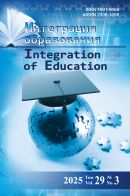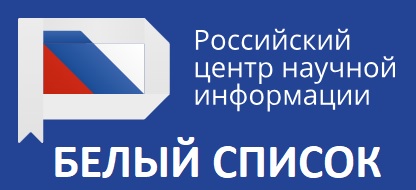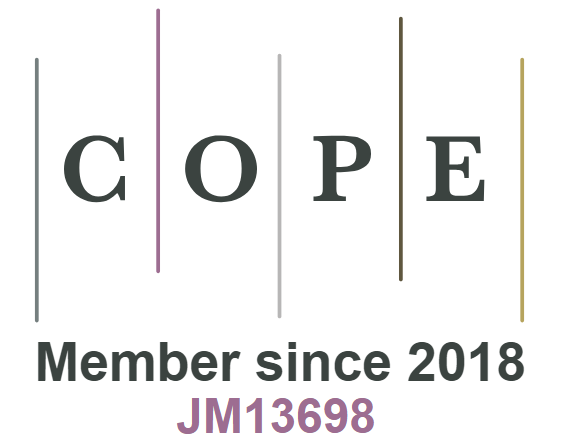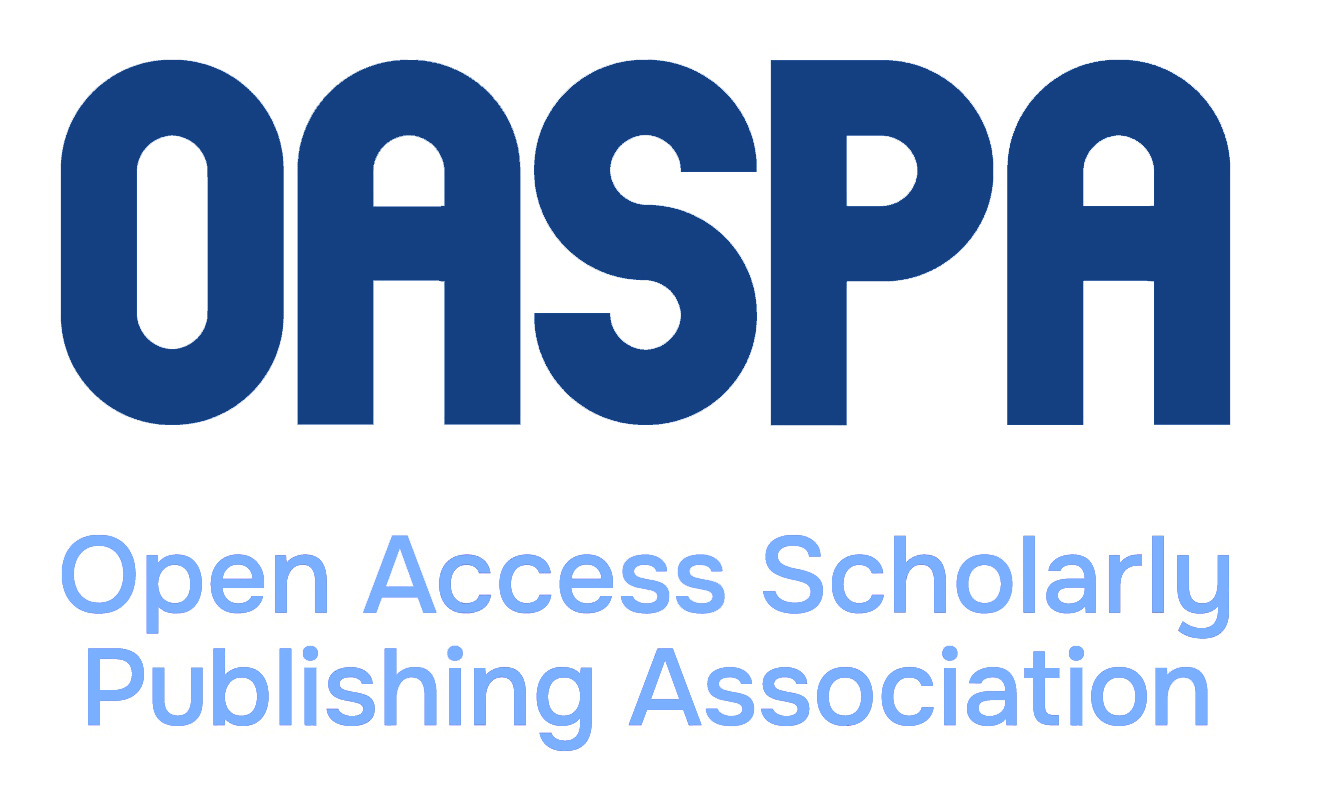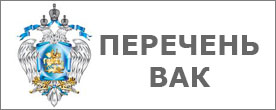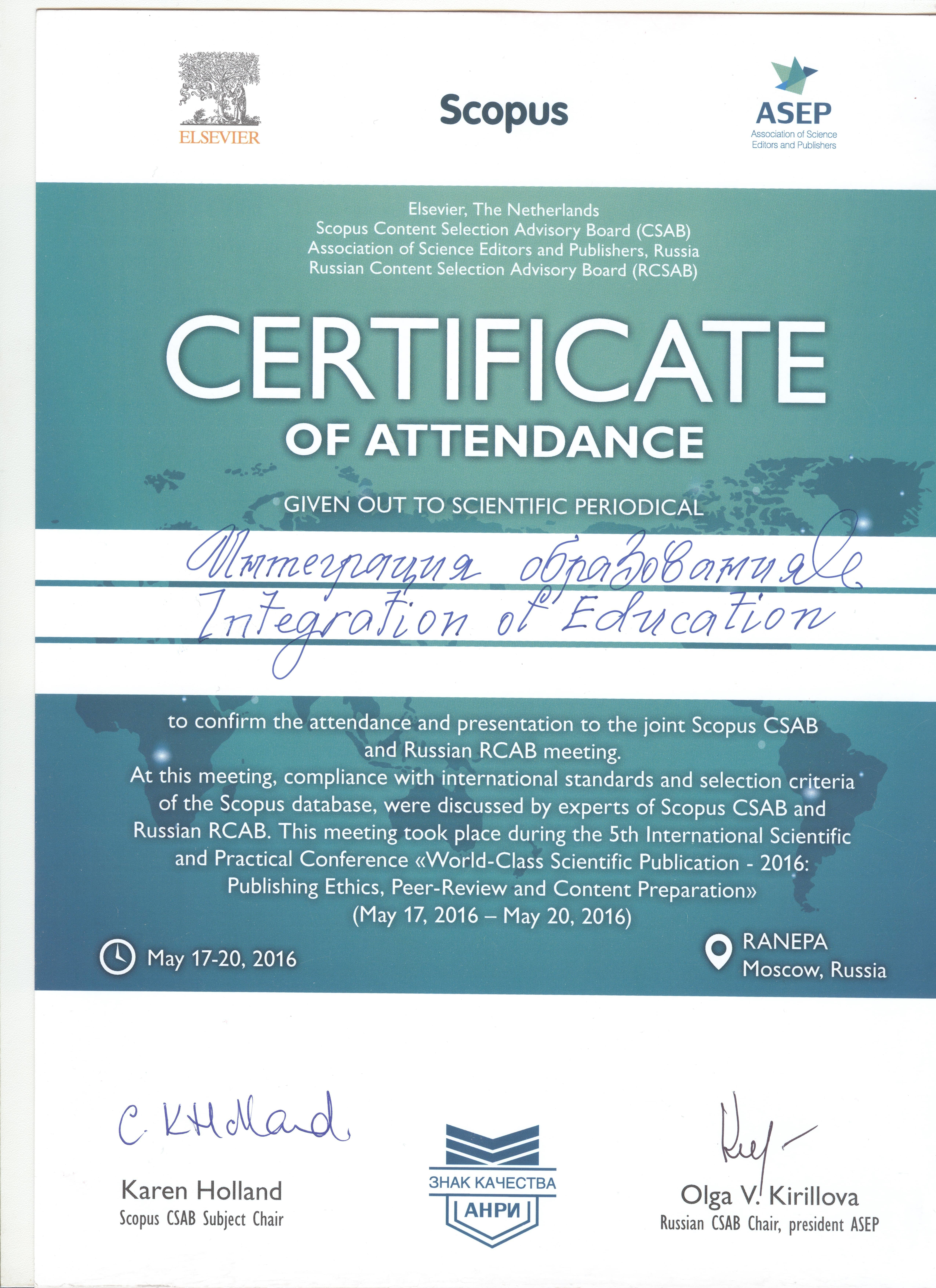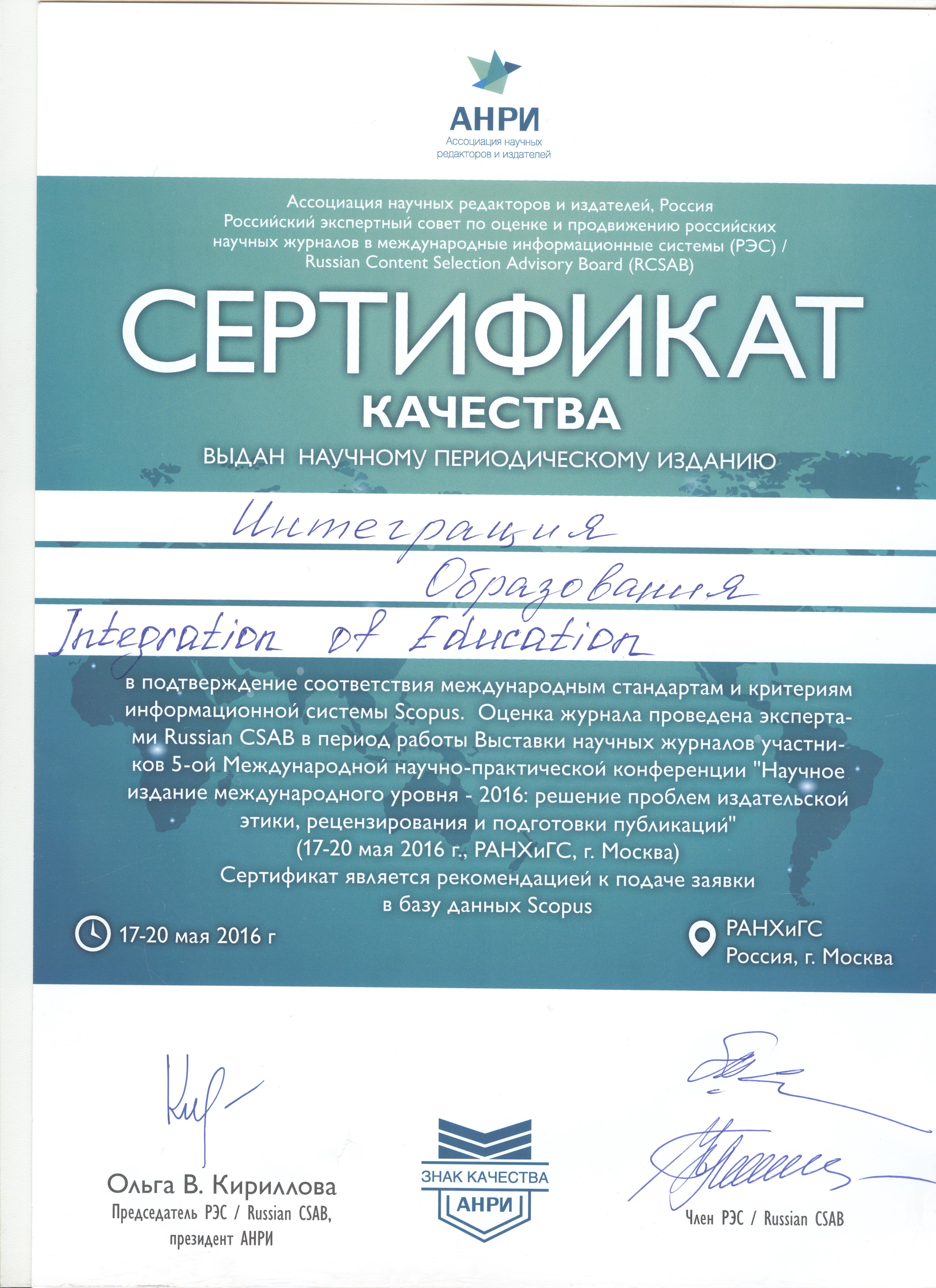DOI: 10.15507/1991-9468.029.202501.186-199
UDC 7:159.954-053.2
The Influence of Art Activities on the Creativity of Junior Schoolchildren
Larisa F. Bayanova
Dr.Sci. (Psychol.), Professor, Senior Researcher of the Laboratory of Childhood Psychology and Digital Socialization, Federal Scientific Center for Psychological and Interdisciplinary Research (9 bld. 4 Mokhovaya St., Moscow 125009, Russian Federation), ORCID: https://orcid.org/0000-0002-7410-9127, Scopus ID: 35329260200,, Researcher ID: N-1822-2013, SPIN-код: 5290-5014, This email address is being protected from spambots. You need JavaScript enabled to view it.
Daria A. Bukhalenkova
Cand.Sci. (Psychol.), Associate Professor of the Chair of Educational Psychology and Pedagogy, Lomonosov Moscow State University (1 Leninskie Gory, Moscow 119991, Russian Federation), ORCID: https://orcid.org/0000-0002-4523-1051, SPIN-код: 5050-7236, This email address is being protected from spambots. You need JavaScript enabled to view it.
Alexandra G. Dolgikh
Cand.Sci. (Psychol.), Senior Researcher of the Laboratory of Childhood Psychology and Digital Socialization, Federal Scientific Center for Psychological and Interdisciplinary Research (9 bld. 4 Mokhovaya St., Moscow 125009, Russian Federation), ORCID: https://orcid.org/0000-0001-8845-1575, SPIN-код: 8047-6508, This email address is being protected from spambots. You need JavaScript enabled to view it.
Elena A. Chichinina
Researcher of the Chair of Educational Psychology and Pedagogy, Lomonosov Moscow State University (1 Leninskie Gory, Moscow 119991, Russian Federation), ORCID: https://orcid.org/0000-0002-7220-9781, This email address is being protected from spambots. You need JavaScript enabled to view it.
Vera P. Ulyanova
Cand.Sci. (Psychol.), Director of the Palace of Children and Youth Creativity (3 Herzen St., Oktyabrskiy 452607, Russian Federation), ORCID: https://orcid.org/0000-0003-0701-7609, SPIN-код: 5780-7667, This email address is being protected from spambots. You need JavaScript enabled to view it.
Leysyan R. Logacheva
Cand.Sci. (Ped.), Associate Professor, Dean of the Faculty of Social Sciences and Humanities, Birsk Branch Ufa University of Science and Technology (10 Internatsionalnaya St., Birsk 452453, Russian Federation), ORCID: https://orcid.org/0000-0001-6418-509X, SPIN-код: 5582-5809, This email address is being protected from spambots. You need JavaScript enabled to view it.
Tatyana A. Chernikova
Cand.Sci. (Ped.) Associate Professor, Associate Professor of the Chair of Pedagogy, Psychology and Social Work, Birsk Branch Ufa University of Science and Technology (10 Internatsionalnaya St., Birsk 452453, Russian Federation), ORCID: https://orcid.org/0000-0002-3888-4863, SPIN-код: 1087-5847, This email address is being protected from spambots. You need JavaScript enabled to view it.
Abstract
Introduction. There is a consensus among practitioners teaching art to children that the very process of art education develops children’s creativity. However, in scientific psychology, there is no consensus on the advantages of children being involved in art, as evaluated by the generally accepted criteria for measuring creativity. The purpose of the study is to identify differences in creativity indicators in children involved and not involved in art, as well as the characteristics of creativity in different types of art.
Materials and Methods. Our purpose was to clarify in which types of art study the indicators of creativity are higher. The Torrance Test of Creative Thinking was used to assess creativity. The sample comprised 312 children with an average age of 9.4 years. Participants were divided into three subgroups: children engaged in music, drawing, or dance; and children not engaged in any art forms. The study was conducted at supplementary education institutions and secondary schools focusing on children with at least two years of experience in their chosen art form to ensure developed skills.
Results. Results showed that children participating in art programs displayed significantly higher levels of creativity, particularly in terms of detail, originality, and abstract thinking, compared to children without such involvement. However, the scores for originality and fluency were lower for the children involved in the arts. There were differences in the intensity of creativity indicators between the different types of art. Children engaged in art showed higher scores on the creativity scales associated with non-verbal intelligence. Those not involved in art were more creative in expressing ideas - verbal intelligence.
Discussion and Conclusion. The results obtained by the authors contribute to the development of problems of creativity of children involved in art. The findings of this article are of practical importance for teachers of music and art schools, psychologists and teachers in the field of educational psychology and art.
Keywords: children’s creative abilities, children’s mental development, creativity indicators, artistic activities, elementary school student
Conflict of interests: The authors declare no conflict of interest.
For citation: Bayanova L.F., Bukhalenkova D.A., Dolgikha A.G., Chichinina E.A., Ulyanova V.P., Logacheva L.R., et al. The Influence of Art Activities on the Creativity of Junior Schoolchildren. Integration of Education. 2025;29(1):186–199. https://doi.org/10.15507/1991-9468.029.202501.186-199
Author’s contribution:
L. F. Bayanova – formulation of overarching research; conducting a research and investigation process; development of methodology.
D. A. Bukhalenkova – application of statistical techniques to analyze study data; investigation research; specifically visualization and data presentation; specifically writing the initial draft.
A. G. Dolgikh – conducting a research and investigation process; development of methodology.
E. A. Chichinina – application of statistical techniques to analyze study data; investigation research; specifically visualization and data presentation; specifically critical review.
V. P. Ulyanova – investigation research; application of computational techniques to analyze study data; specifically visualization.
L. R. Logacheva – investigation research; application of computational techniques to analyze study data; specifically visualization.
T. A. Chernikova – investigation research; application of computational techniques to analyze study data; specifically visualization.
Availability of data and materials. The datasets used and/or analysed during the current study are available from the authors on reasonable request.
All authors have read and approved the final manuscript.
Submitted 13.08.2024;
revised 26.09.2024;
accepted 03.10.2024.
REFERENCES
- Bayanova L.F., Khamatvaleeva D.G. Review of Foreign Research on Creative Thinking in Developmental Psychology. Moscow University Psychology Bulletin. 2022;(2):51–72. (In Russ., abstract in Eng.) https://doi.org/10.11621/vsp.2022.02.03
- Bayanova L., Bukhalenkova D., Dolgikh A., Chichinina E., Formation History of the Subject of the Influence of Art on the Mental Development of Children in Russian Psychology. Каzan Pedagogical Journal. 2022;(3):201–208. (In Russ., abstract in Eng.) https://doi.org/10.51379/KPJ.2022.153.3.026
- Patston T., Cropley D.H., Marrone R.L., Kaufman J.C. Teacher Implicit Beliefs of Creativity: Is There an Arts Bias? Teaching and Teacher Education. 2018;75:366–374. https://doi.org/10.1016/j.tate.2018.08.001
- Frith E., Loprinzi P.D., Miller S.E. Role of Embodied Movement in Assessing Creative Behavior in Early Childhood: A Focused Review. Perceptual and Motor Skills. 2019;126(6):1058–1083. https://doi.org/10.1177/0031512519868622
- Huovinen E. Theories of Creativity in Music: Students’ Theory Appraisal and Argumentation. Frontiers in Psychology. 2021;12:612739. https://doi.org/10.3389/fpsyg.2021.612739
- Koutsoupidou T., Hargreaves D.J. An Experimental Study of the Effects of Improvisation on the Development of Children’s Creative Thinking in Music. Psychology of Music. 2009;37(3):251–278.https://doi.org/10.1177/0305735608097246
- Henriksen D., Mishra P., Fisser P. Infusing Creativity and Technology in 21st Century Education: A Systemic View for Change. Educational Technology & Society. 2016;19(3):27–37. Available at: https://www.j-ets.net/collection/published-issues/19_3 (accessed 15.07.2024).
- Ahmadi N., Besançon, M. Creativity as a Stepping Stone towards Developing Other Competencies in Classrooms. Education Research International. 2017;2017:1357456. https://doi.org/10.1155/2017/1357456
- Lin Y.-S. Fostering Creativity through Education – A Conceptual Framework of Creative Pedagogy. Creative Education. 2011;2(3):149–155. http://dx.doi.org/10.4236/ce.2011.23021
- Burnard P. Rethinking Creative Teaching and Teaching as Research: Mapping the Critical Phases That Mark Times of Change and Choosing as Learners and Teachers of Music. Theory into Practice. 2012;51(3):167–178. https://doi.org/10.1080/00405841.2012.690312
- Randles C. Music Education’s Hero Collective: More Like the Justice League than Superman. Journal of Genius and Eminence. 2017;2(2):88–94. http://dx.doi.org/10.18536/jge.2017.02.2.2.09
- Kinsella V., Fautley M., Whittaker A. Re-Thinking Music Education Partnerships through Intra-Actions. Music Education Research. 2022;24(3):299–311. https://doi.org/10.1080/14613808.2022.2053510
- Savage J., Fautley M. The Organisation and Assessment of Composing at Key Stage 4 in English Secondary Schools. British Journal of Music Education. 2011;28(2):135–157. http://doi.org/10.1017/S0265051711000040
- Fehr K.K., Russ S.W. Pretend Play and Creativity in Preschool-Age Children: Associations and Brief Intervention. Psychology of Aesthetics, Creativity and the Arts. 2016;10(3):296–308. https://doi.org/10.1037/aca0000054
- Nikkola T., Reunamo J., Ruokonen I. Children’s Creative Thinking Abilities and Social Orientations in Finnish Early Childhood Education and Care. Early Child Development and Care. 2020;192(6):872–886. https://doi.org/10.1080/03004430.2020.1813122
- Benedek M., Fink A. Toward a Neurocognitive Framework of Creative Cognition: The Role of Memory, Attention, and Cognitive Control. Current Opinion in Behavioral Sciences. 2019; 27:116–122. https://doi.org/10.1016/j.cobeha.2018.11.002
- Gromko J.E. The Effect of Music Instruction on Phonemic Awareness in Beginning Readers. Journal of Research in Music Education. 2005;53(3):199–209. https://doi.org/10.1177/002242940505300302
- Holmes S., Hallam S. The Impact of Participation in Music on Learning Mathematics. London Review of Education. 2017;15(3):425–438. https://doi.org/10.18546/LRE.15.3.07
- Jaschke A.C., Honing H., Scherder E.J.A. Longitudinal Analysis of Music Education on Executive Functions in Primary School Children. Frontiers in Neuroscience. 2018;12:103. https://doi.org/10.3389/fnins.2018.00103
- Frischen U., Schwarzer G., Degé F. Music Lessons Enhance Executive Functions in 6- to 7-YearOld Children. Learning and Instruction. 2021;74:101442. https://doi.org/10.1016/j.learninstruc.2021.101442
- Rodriguez-Gomez D.A., Talero-Gutiérrez C. Effects of Music Training in Executive Function Performance in Children: A Systematic Review. Frontiers in Psychology. 2022;13:968144. https://doi.org/10.3389/fpsyg.2022.968144
- Wang J., Xu R., Guo X., Guo S., Zhou J., Lu J., et al. Different Music Training Modulates Theta Brain Oscillations Associated with Executive Function. Brain Sciences. 2022;12(10):1304. https://doi.org/10.3390/brainsci12101304

This work is licensed under a Creative Commons Attribution 4.0 License.








